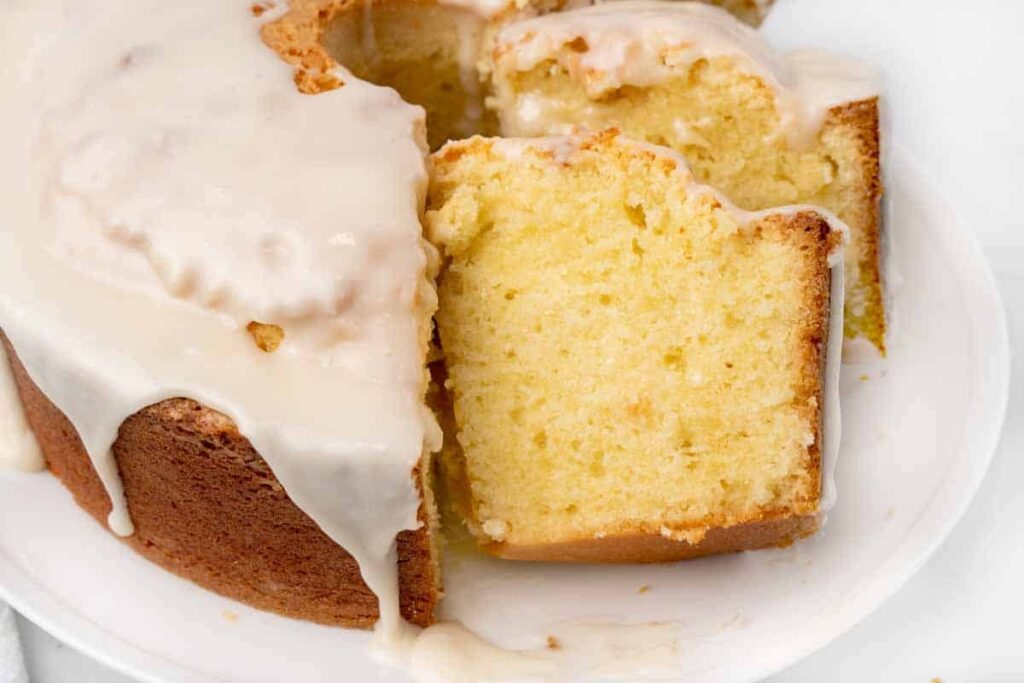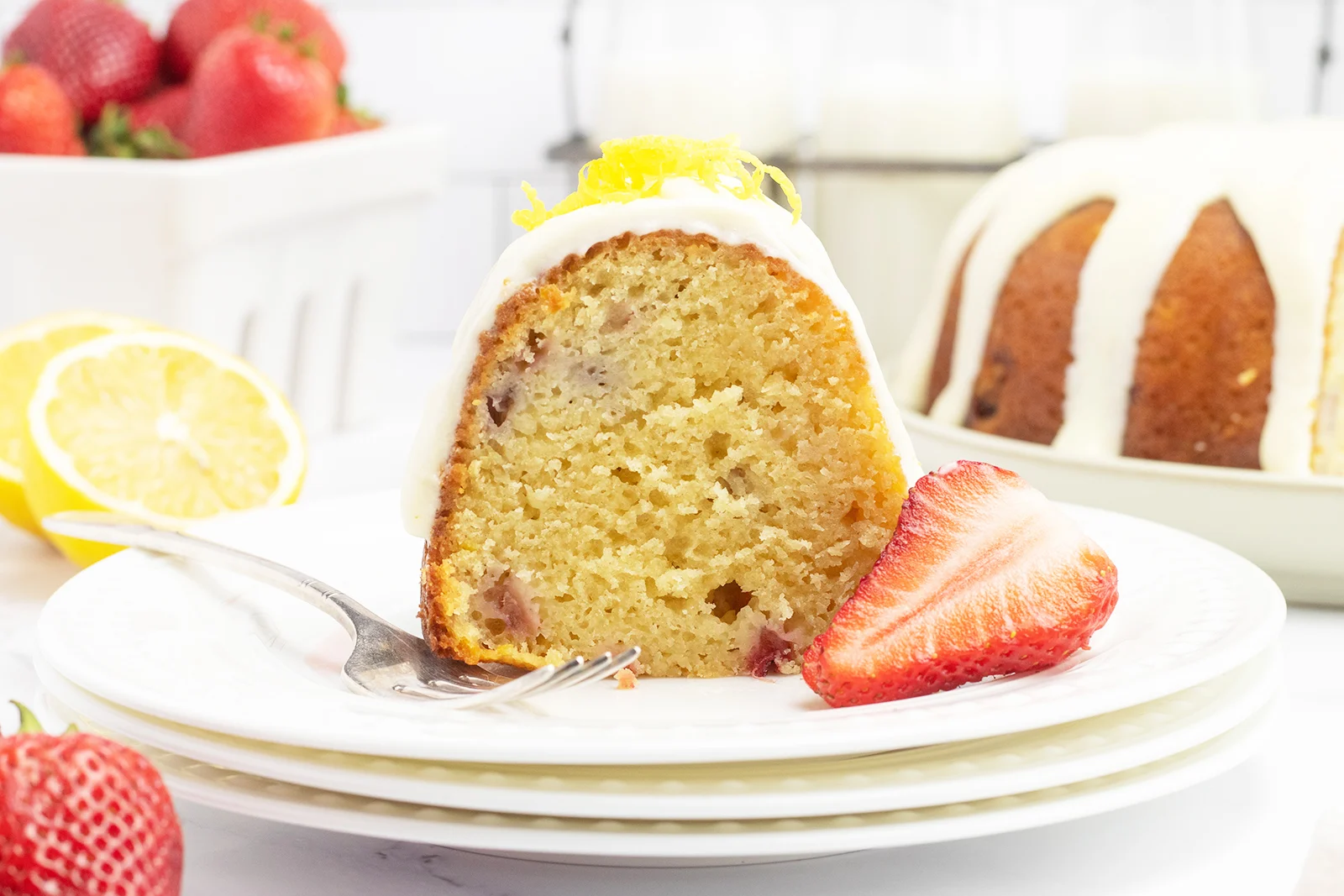Who doesn’t love indulging in a delectable pound cake, especially during the sunny days of summer? However, for those mindful of their waistline, the guilt of consuming calorie-laden treats often dampens the joy.
But what if I told you that you can have your cake and eat it too? Yes, you read that right! Say hello to low-calorie pound cakes – the perfect solution to satisfy your sweet cravings without worrying about your summer body goals.

What Makes Pound Cakes Irresistible?
Pound cakes have been a beloved dessert for centuries, cherished for their dense, moist texture and rich flavor.
Traditionally, these cakes are made with a pound each of flour, butter, eggs, and sugar, hence the name.
However, while undeniably delicious, traditional pound cakes are also notorious for their high calorie and fat content, making them a dietary nightmare for health-conscious individuals.
The Quest for Healthier Alternatives
In today’s health-conscious world, the demand for healthier versions of classic desserts is on the rise.
Fortunately, innovative bakers and culinary experts have risen to the challenge, experimenting with alternative ingredients and preparation methods to create guilt-free treats that don’t compromise on taste.
The Secret Ingredient: Substituting for Success
The key to crafting low-calorie pound cakes lies in strategic ingredient substitutions.
By replacing high-calorie components like butter and sugar with healthier alternatives, such as applesauce, Greek yogurt, or mashed bananas, you can significantly slash the calorie and fat content of your favorite pound cake recipes without sacrificing flavor or texture.
Flour Power: Embracing Nutrient-Rich Flours
Another game-changing tactic in the quest for healthier pound cakes is the use of nutrient-rich flours.
Instead of relying solely on refined all-purpose flour, consider incorporating whole grain flours like almond flour, coconut flour, or oat flour into your recipes.
Not only do these alternatives add a nutritional boost, but they also impart a delightful nutty flavor and tender crumb to your cakes.
Sweet Surrender: Exploring Natural Sweeteners
Who says you need to load up on refined sugar to satisfy your sweet tooth? Natural sweeteners like honey, maple syrup, and stevia offer a healthier alternative to traditional sugar, imparting sweetness without the guilt.
Experiment with different sweeteners to find the perfect balance of flavor for your low-calorie pound cakes.
The Art of Flavor Infusion
While reducing calories is essential, never underestimate the power of flavor infusion to elevate your pound cakes to new heights of deliciousness.
Get creative with add-ins like fresh fruit, citrus zest, spices, or extracts to impart layers of flavor without piling on extra calories.
From zesty lemon poppy seed to decadent chocolate raspberry, the possibilities are endless!

Baking Tips for Success
Achieving the perfect low-calorie pound cake requires a delicate balance of ingredients and precise baking techniques.
Follow these expert tips to ensure your cakes turn out moist, flavorful, and guilt-free every time:
Mindful Measurements
Accurate measurement of ingredients is crucial in baking, especially when crafting low-calorie treats.
Invest in a reliable kitchen scale and measuring cups to ensure precision in your recipes.
Don’t Overmix
Overmixing can lead to tough, dense cakes.
Mix your batter just until the ingredients are combined to avoid overworking the gluten in the flour.
Temperature Matters
Bring your ingredients to room temperature before baking to ensure even mixing and proper rise.
Additionally, preheating your oven to the correct temperature is essential for optimal baking results.
Patience is Key
Resist the temptation to open the oven door repeatedly while your pound cake is baking.
Every time you peek, you release valuable heat, which can lead to uneven baking and a less-than-perfect texture.
Conclusion
In conclusion, low-calorie pound cakes offer a guilt-free way to indulge in the timeless pleasure of this beloved dessert.
By making simple ingredient substitutions, embracing nutrient-rich flours, and getting creative with flavor infusion, you can enjoy delicious pound cakes without derailing your summer slim-down goals.
So go ahead, treat yourself to a slice of heaven – you’ve earned it!

FAQs
Q1: Can I freeze low-calorie pound cakes for later consumption?
Absolutely! Low-calorie pound cakes freeze remarkably well.
Simply wrap individual slices or the entire cake tightly in plastic wrap and aluminum foil before placing them in the freezer.
When ready to enjoy, allow the cake to thaw in the refrigerator overnight or at room temperature for a few hours.
Q2: Can I customize low-calorie pound cake recipes to suit my dietary preferences?
Certainly! One of the beauties of baking is its versatility.
Feel free to experiment with different ingredients, flavors, and add-ins to tailor low-calorie pound cake recipes to your liking.
Whether you’re vegan, gluten-free, or watching your sugar intake, there’s a perfect recipe out there waiting for you to discover.
Q3: How can I prevent my low-calorie pound cakes from becoming dry?
To ensure your pound cakes stay moist and tender, avoid overbaking them.
Keep a close eye on the oven during the final minutes of baking and perform the toothpick test – if a toothpick inserted into the center of the cake comes out with a few moist crumbs clinging to it, your cake is done.
Q4: Are low-calorie pound cakes suitable for special occasions like birthdays or anniversaries?
Absolutely! Low-calorie pound cakes are perfect for any celebration.
With their rich flavor and moist texture, they’re sure to impress your guests while keeping your waistline in check.
Plus, you can always dress them up with a drizzle of glaze, a dollop of whipped cream, or a sprinkling of fresh berries for an extra special touch.
Q5: Can I substitute ingredients in traditional pound cake recipes to make them low-calorie?
Certainly! Experimenting with ingredient substitutions is a fantastic way to transform traditional pound cake recipes into healthier versions.
Start by swapping out high-calorie ingredients like butter, sugar, and all-purpose flour for their low-calorie counterparts, and adjust the quantities as needed to achieve the desired texture and flavor.
With a little creativity and ingenuity, the possibilities are endless!
